SUMMARY
This is AI generated summarization, which may have errors. For context, always refer to the full article.

MANILA, Philippines – Before it even started, the Philippines’ coronavirus vaccine drive had been regarded as a pivotal moment for the health crisis. It held the promise of helping achieve a sense of stability that citizens had been deprived of during a nearly two-year-old pandemic.
The Philippines’ COVID-19 vaccine drive tested the competence of nearly every office in government, with life-and-death consequences for millions of Filipinos.
Its state today? From administering the country’s very first dose on March 1, a massive government and private sector-led campaign has seen over 100 million doses administered, as of mid-December. The figure is a feat, but not nearly enough yet to shepherd the country out of crisis.
Here are eight takeaways from a year of the Philippines’ vaccine rollout.
1. Donations boosted the country’s inoculation drive to 210 million doses
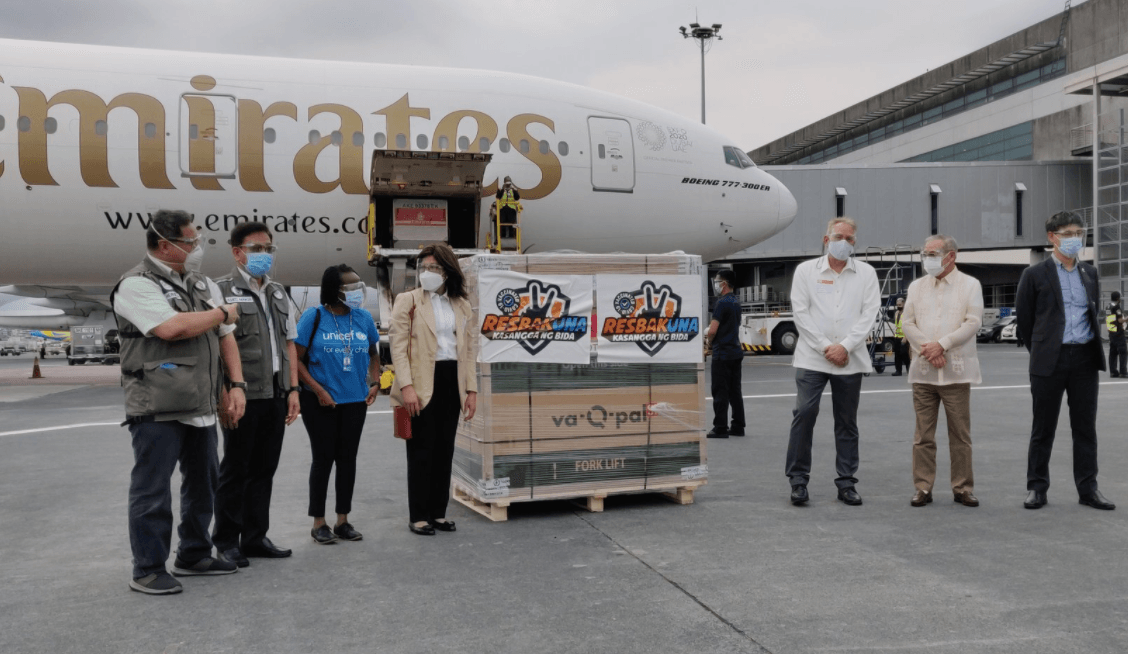
The Philippines’ COVID-19 vaccine drive had started out wobbling, after red tape, finger-pointing, and a lack of urgency saw the country fall behind a global race to secure supplies of the coveted good. Despite these early stumbles, the country managed to enter into talks with several pharmaceutical firms for the purchase of 148 million doses. The number was enough to cover at least 74 million Filipinos – a figure that, at the time, was assumed to be enough to reach herd immunity. Nearly a year later, though, the virus has mutated into more formidable forms that require an even larger population to be protected by shots. Luckily, where government purchases fall short, bilateral and multilateral donations paid off big time. Vaccines shared by the COVAX global facility and countries like the United States, Japan, South Korea, Australia, China, the United Kingdom, Germany, France, and other European countries have so far added at least 63 million more doses to the Philippines stockpile.
Additional donations, coupled with purchased doses yet to be delivered, are likewise expected to lift total doses to 210 million by the end of the year, just enough to cover nearly the entire Philippine population.
For 2022, retired general-turned-vaccine czar Carlito Galvez Jr. said the government had ongoing talks with vaccine firms to buy an initial 90 million doses, which it expected to use for boosters mostly.
2. Sinovac: Most scrutinized vaccine was also the most used

In the Philippines, there is perhaps no other vaccine that shares a journey as storied as Sinovac’s. Through a series of congressional probes, lawmakers zeroed in on the government’s seeming “preference” for Sinovac, questioning its performance and price compared to other shots and casting doubt on the government’s selection process for vaccines. Perhaps most unique to Sinovac was how it became the embodiment of the Duterte administration’s foreign policy thrust that favored China. Access to the Chinese vaccine had been paved, in part, by improved bilateral relations with Beijing, though there were concerns that China would use vaccine supplies to exact political favors from the Philippines. In a sense, during months when only Sinovac’s shot had been available, lukewarm reception of vaccine captured the public’s historic distrust of China.
But with its dependability in providing a stable supply of vaccines, Sinovac came out as the most used shot in 2021 and the second largest vaccine purchase of the Philippines.
3. Only 2 of 7 vaccine firms completed 2021 orders

Out of the seven vaccine manufacturers from which the Philippine government had purchased COVID-19 shots, only two completed the delivery of orders within 2021: China’s Sinovac and Russia’s Gamaleya Research Institute. So reliable was Sinovac for the Philippines’ vaccine drive that the government doubled its order from an initial 25 million doses to about 50 million. Throughout the year, the Chinese firm had made sure that each shipment arrived on time, if not earlier than scheduled, during a period where it mattered greatly – when the Philippines was sorely lacking in shots. The final batch of purchased doses landed in the county on November 17. Russia’s Gamaleya would fulfill its delivery of 10 million doses ordered by the Philippines two days later on November 19, although several of its earlier shipments had been set back by delays.
Still, timeliness of deliveries proved to be only one factor in the purchase of vaccines. The Philippines placed its biggest vaccine order with Pfizer, the early rockstar among the current roster of COVID-19 vaccines. The government signed two deals for a total of 60 million doses, from the original supply agreement for 40 million doses, buoyed by the drive to administer boosters and vaccines to minors. But becoming a popular vaccine meant incredibly high demand for Pfizer across the world, with the Philippines receiving bulk of its orders only towards the latter half of the year. The same was true for Moderna, which had prioritized supplying shots to wealthy countries for the greater part of 2021.
On the flip side, the Philippines has yet to receive a single dose of the 30 million it ordered from Novavax. The protein-subunit vaccine has been touted as a next-generation shot that has roughly the same efficacy as leading mRNA vaccines, with the added benefit of a lower rate of side effects, as well as easier manufacturing and storage. Owing to manufacturing issues and emergency approval secured in the country only in November, shipments are expected to begin arriving only in 2022.
4. The Philippines is among countries with the most number of vaccines used
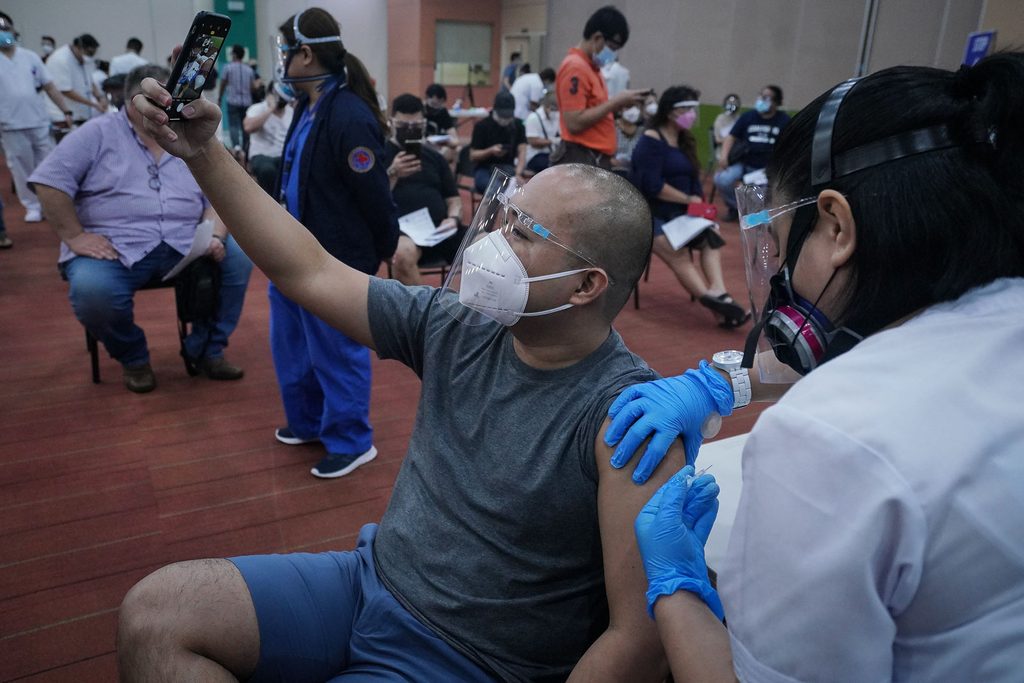
What the country lacked in supply of leading mRNA vaccines, it made up for in the diversity of shots it used. The Philippines was among a handful of countries that cleared at least 9 different vaccines, along with Vietnam, Iran, Indonesia, Argentina, and Moldova. The approach to build a portfolio of different shots (currently 11 have emergency approval) meant millions of Filipinos were afforded wider access through the sheer quantity of options available in the country. Currently, there are seven vaccines used in the government’s vaccine drive.
Though having options meant increased supply for the country, using several different vaccines at once would also translate to a highly complex operation. Imagine this: multiple kinds of shots, all requiring varying storage conditions, with unique shelf lives and handling requirements, delivered across an archipelago of more than 7,000 islands to nearly 100 million eligible Filipinos. Add on top of that managing specific syringes needed for different vaccines, varying doses and dosing schedules, and you’ll have what is perhaps among the most complicated vaccine rollouts in the world.
5. Private sector support went beyond vaccine orders

The resources involved in mounting the country’s largest inoculation drive meant the private sector would play outsized role in both securing and delivering shots on a national scale. Some of the Philippines’ biggest conglomerates, together with smaller businesses, pooled orders for vaccines that added an additional 24 million doses – at the very least – to the country’s stockpile. The doses were secured through tripartite agreements between government, private sector, and vaccine firms – a set-up uncommon to other vaccine programs around the world.
Private support then went beyond that. The public-private T3 Taskforce continues to lend expertise to the government’s vaccine drive by bringing in logistics and supply chain experts, organizing mega vaccination sites, as well as tapping management consultancy groups like the Boston Consulting Group to work out distribution strategies. Today, T3 continues to sit in daily meetings of the national vaccine operations center, where they lend support through the use of a “scenario planning tool” or calculator that maps out how many doses per hour, vaccine centers, staff, appointments, and other resources will be needed by local governments to reach their vaccination targets.
6. We hit adjusted targets, but missed original ones

The government is likely to close 2021 with about 50% of Filipinos fully vaccinated against COVID-19. The figure translates to roughly 55 million Filipinos protected by immunization. It’s no small feat by any means, considering it took nearly three months for the Philippines to see just over 1 million Filipinos fully vaccinated. Having at least half of the total population covered means the government would meet both its “realistic target” in 2021 and a goal set by the World Health Organization to ensure at least 40% of a country’s population was fully vaccinated by the end of the year. Being able to claim these achievements, however, is partly a result of the government having no choice but to adjust its vaccination targets. It earlier wanted to see 70% of the total population covered in 2021 – a milestone whose semantics are now slightly tweaked, with officials saying they want 70% of the smaller target population of eligible Filipinos covered instead. The truth is, seeing 70% of all Filipinos fully vaccinated was always a tall order, and one made nearly impossible by global supply constraints.
Despite this, there were other goals the country had not set out to hit early on in 2021, but nonetheless reached before the year ended, like the vaccination of minors aged 12 to 17 and the launch of a booster program open to all Filipino adults. These figures mean that, each day, millions more of Filipinos are afforded a degree of life-saving protection against COVID-19.
7. There is still no accountability for the use of smuggled and unregistered shots

Around this time in 20202, President Rodrigo Duterte spilled the beans on how his close-in security and several of his Cabinet members were able to access COVID-19 shots at a time when not a single vaccine had secured emergency approval in the country. After health officials spent nearly every daily press conference appealing for patience from the public in getting vaccines, officials of the executive, and reportedly some from the legislative, threw caution to the wind by jumping the vaccine line to receive unregistered Sinopharm shots.
Both the Department of Health and Food and Drug Administration had been blindsided by Duterte’s revelation, with Malacañang, the Presidential Security Group, and several lawmakers’ offices ignoring letters of inquiry from health agencies. To little satisfaction from the public, then-PSG commandeer Jesus Durante claimed “full responsibility” for the use of smuggled vaccines, staying mum on who provided the shots as well as who ultimately advised its use.
And who can forget when the President himself received Sinopharm, still unregistered at the time, when other vaccines with emergency approval were already available in the country? No less than Health Secretary Francisco Duque III administered the shot for Duterte. Sinopharm applied for and was granted emergency approval only after the chief executive already got his first dose.
To date, not one person has been held accountable for the use of unapproved vaccines at the time.
8. Vaccines are life saving, but alone they won’t end the pandemic

In the face of a foe as formidable as COVID-19, vaccines continue be a life-saving tool. Alone, however, they are no longer enough to end the pandemic. This has become truer in the face of Omicron, the newest variant of concern, that appeared poised to overtake the already highly transmissible Delta. Still, things are not as bad as they could be. The Philippines’ current roster of shots, reinforced by a booster, seem to remain effective against Omicron, raising the stakes even higher for the race between variants and vaccines.
After a year when the country had been plunged into its darkest phase of the health crisis – with hospitalizations and infections shattering records from month to month – what does the variant hold for this next chapter? What’s clear is, Omicron is the next stress test in the Philippines’ pandemic response. – Rappler.com
Add a comment
How does this make you feel?


![[Time Trowel] Evolution and the sneakiness of COVID](https://www.rappler.com/tachyon/2024/02/tl-evolution-covid.jpg?resize=257%2C257&crop=455px%2C0px%2C1080px%2C1080px)


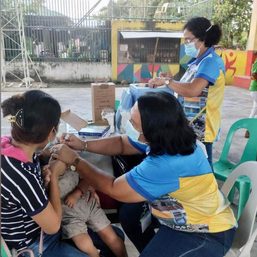

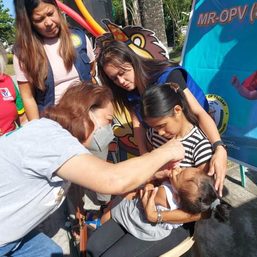
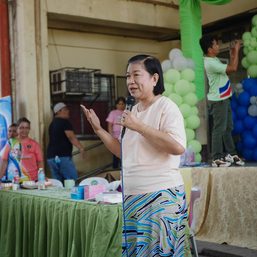
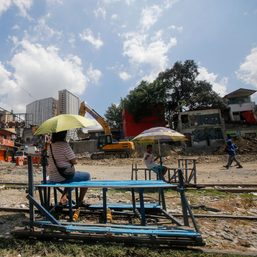



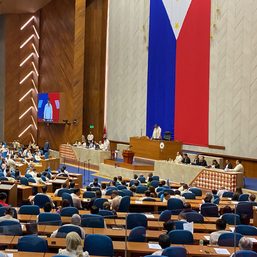

There are no comments yet. Add your comment to start the conversation.